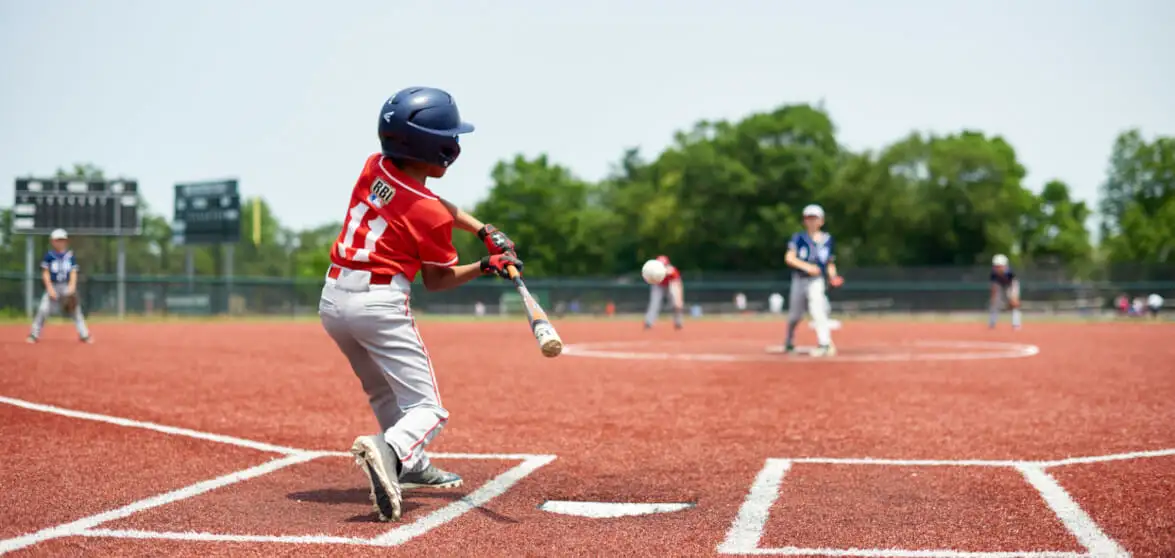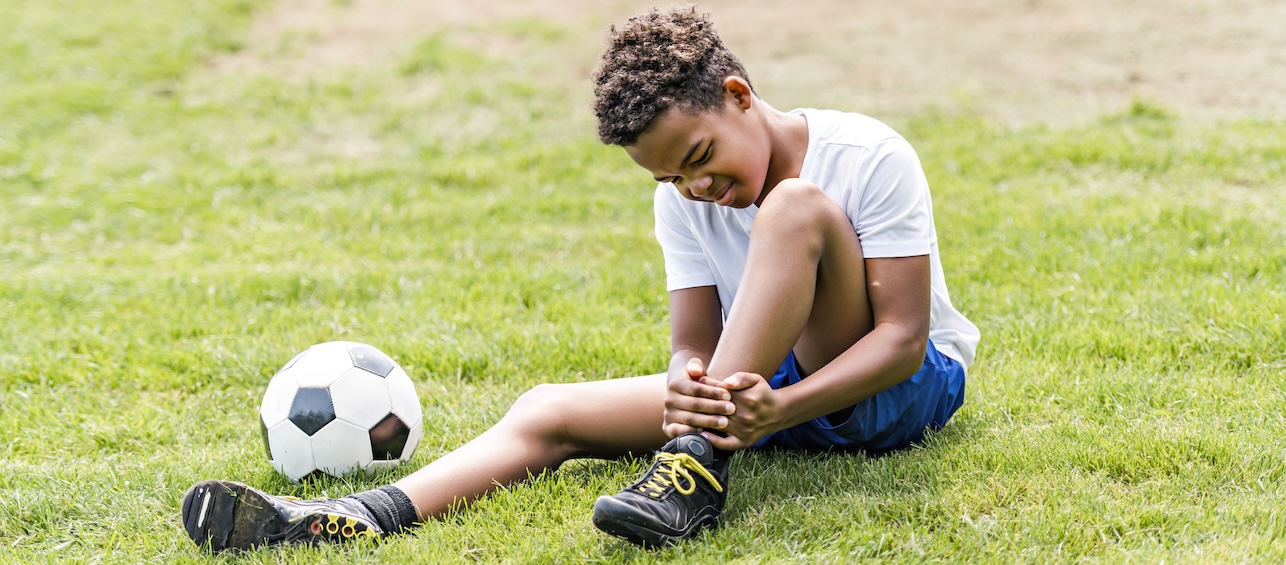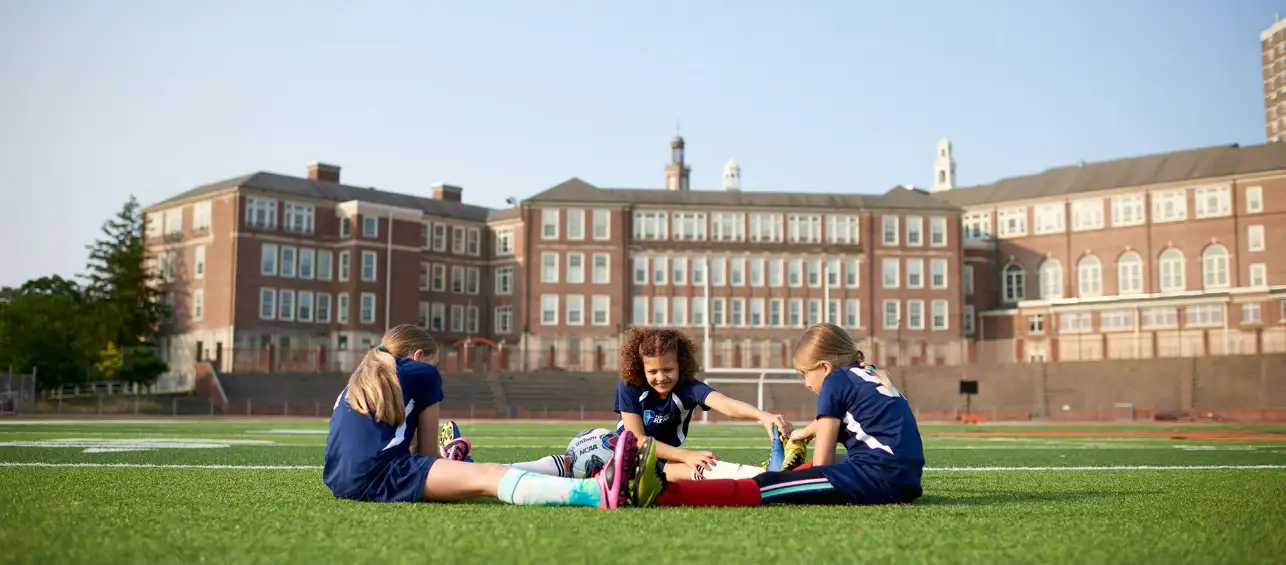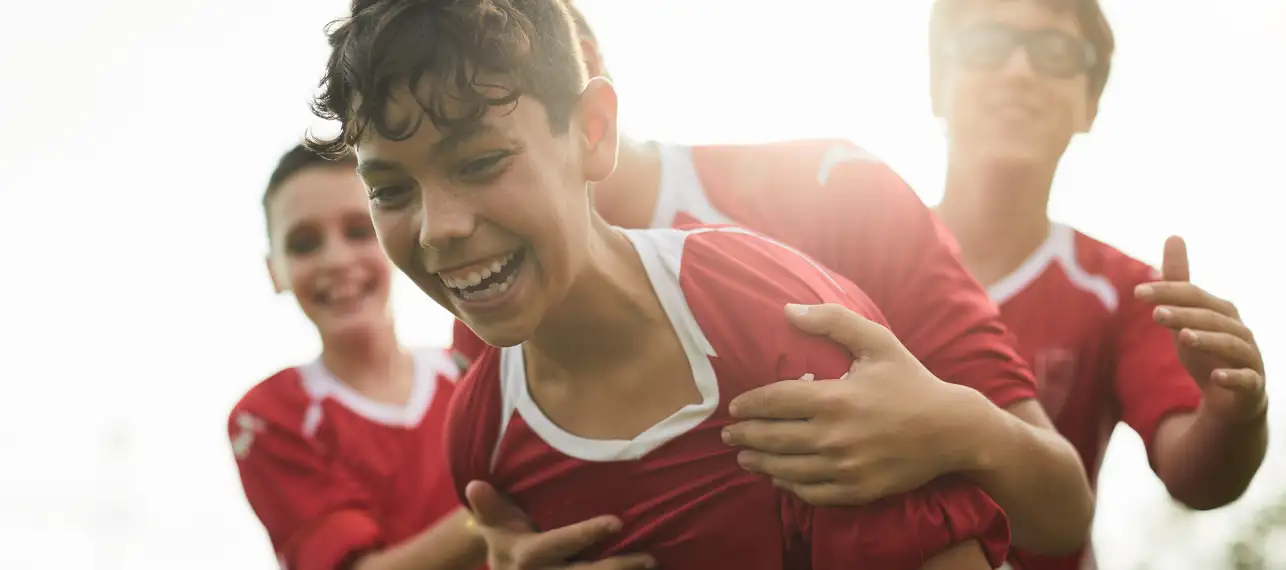As a sports medicine physician, kids tell me nearly every day that they want to be a professional athlete when they grow up. While it’s fun to dream, the reality is that the chances are pretty slim. The NCAA lists the probability of playing sports in college and moving on to becoming a professional athlete. Essentially, the chances of becoming a professional athlete following college, depending on the sport, range anywhere from .8% to 9.9%.
Now I’m not suggesting that we crush kids’ dreams. However, what I worry about is the risk versus the reward in the pursuit. Overuse injuries in kids have become way more common today than they were even, say, 20 years ago. In fact, each year in the United States, there are 3.5 million sports injuries in kids. Nearly half of those are chronic, or overuse injuries.
Why Kids Are Specializing So Early
Somewhere along the way, people started believing that in order to become an elite athlete, you have to specialize. How we got here is probably a combination of a lot of things. Around 2008 there was a lot of popularity around the theory that if you practice something for 10,000 hours you will master it. It was meant for musicians but people started applying it to sports. My other theory is that we have professionalized youth sports; meaning, you can now make a living coaching youth athletics. Club sports can take as many players as they want and utilize them however they want – including strongly suggesting they play year-round.
Risks of Sports Specialization
The risks of sports specialization, which is defined as playing only one sport more than eight months out of the year and not playing any other sport, are pretty high. As I mentioned earlier, overuse injuries are the biggest. The most common overuse injuries in kids are pain in the knee, shin, back, elbow and shoulder.
Kids who specialize in one sport are more than 80% likely to sustain an overuse injury. There are also a lot of sports-specific data points out there. For instance, females ages 12-15 who play on more than one soccer team have 2.5 times greater risk of an overuse injury. Baseball players ages 14-20 who play more than eight months out of the year are five times more likely to have a shoulder or elbow injury requiring surgery.
In addition to overuse injuries, sports specialization can cause increased mental stress, burnout, dropping out of sports all together, as well as nutrition and sleep deficits. Not to mention that specializing in one sport can create a deficit of muscular skills. Meaning, if your child only swims, he won’t develop the lower extremity muscles and bone mass necessary for running.
Warning Signs of Overuse Injuries
There are stages to overuse injuries. The first is pain that occurs during an activity, such as running (in the absence of an acute injury or fall that caused the pain). The second is pain in the affected area after physical activity, such as knee pain that continues after running. The third stage is pain that restricts your child’s performance, such as limping while trying to run. The fourth is knee pain during rest, even on consecutive days off.
Recommendations to Prevent Overuse Injuries
To avoid overuse injuries, the American Academy of Pediatrics (AAP) recommends the following:
- Taking 1-2 days off per week, per sport.
- Only playing on one team per sport, per season.
- Taking three months off per year, per sport.
- In general, not playing organized sports more than your kid’s age in hours per week. That means a 12-year-old should not play organized sports more than 12 hours per week.
In addition to the above recommendations, we encourage kids to play multiple sports, called sports diversification. Sports diversification trains different areas of kids’ bodies, allowing them to develop wider athletic abilities and skills that can transfer to other sports. In fact, kids who diversify in sports are more likely to achieve elite status. They’re also more likely to continue playing sports and staying active their whole lives. Further, in my opinion, there’s also not enough focus on free play. Kids should be outside, moving their bodies, without adults telling them what to do.
How to Find a Balance
For families who understand the importance of playing sports safely but also want to allow their kids to play elite sports, it’s hard to find the right balance. I recommend to families that they think about their family’s goals and their goals for their kids’ sports. Is it to achieve elite status and get a college scholarship? Do they aim to eat dinner together most nights? Is it for their kids to learn to enjoy being active and having fun? I’m not saying it’s easy to find a balance, but asking these questions may help parents find it.







Great information. Would love to get this information to high school/club coaches as most sports are pushed to be year round now!